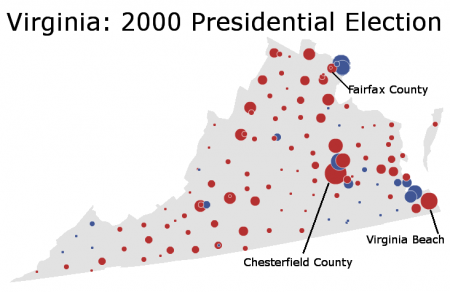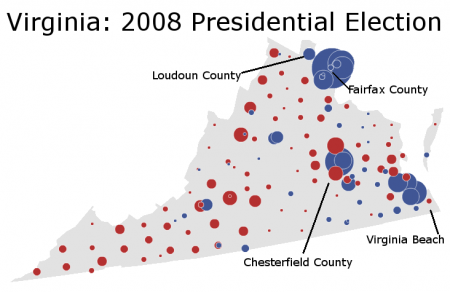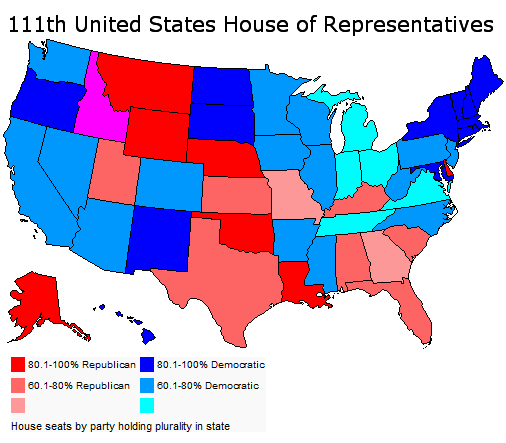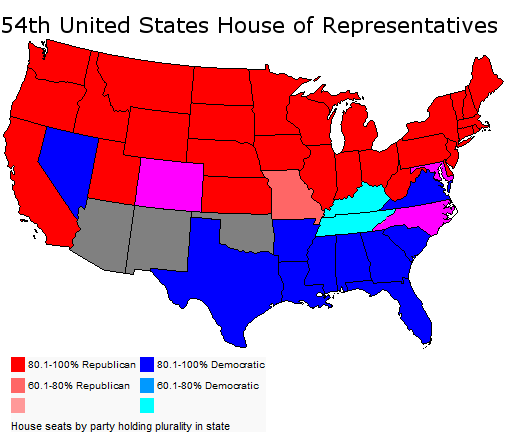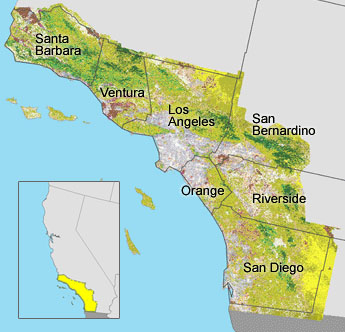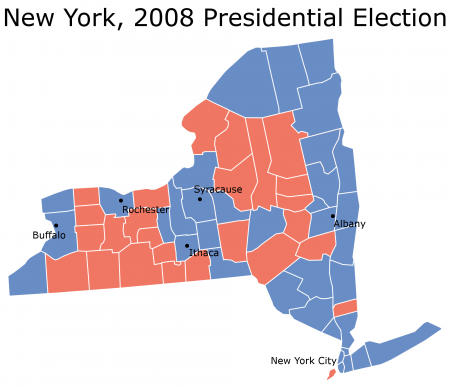This is the first part of a series of posts analyzing competitive Senate elections in blue states. The second part, which analyzes New York, can be found here.
Illinois
In November 2010, Democratic State Treasurer Alexi Giannoulias will face off against Republican Congressman Mark Kirk, in what looks to be a competitive Senate race. A heavily blue state, Democrats have been hurt by a bad national environment coupled with continuing fall-out from the Rod Blagojevich scandals.
Out of the three states being analyzed (the other two being California and New York), Illinois is the state in which Republicans are strongest. Out of the three, it is also the state with the most competitive forthcoming election. This post will analyze the political contours of the state, and the long and difficult path Mr. Kirk must tread for victory.
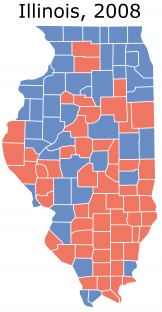
With respect to demographics, Illinois is structured very simply. It has three parts: Chicago, its suburban metropolis, and the mostly rural downstate.
To win, Congressman Mark Kirk will need to run a gauntlet of challenges in each of section of the state. He must capitalize on Republican strength downstate, revive it in the suburbs, and hope that Chicago turn-out is depressed. If done properly, this will result in a close-run, Scott-Brown type victory.
More below.

